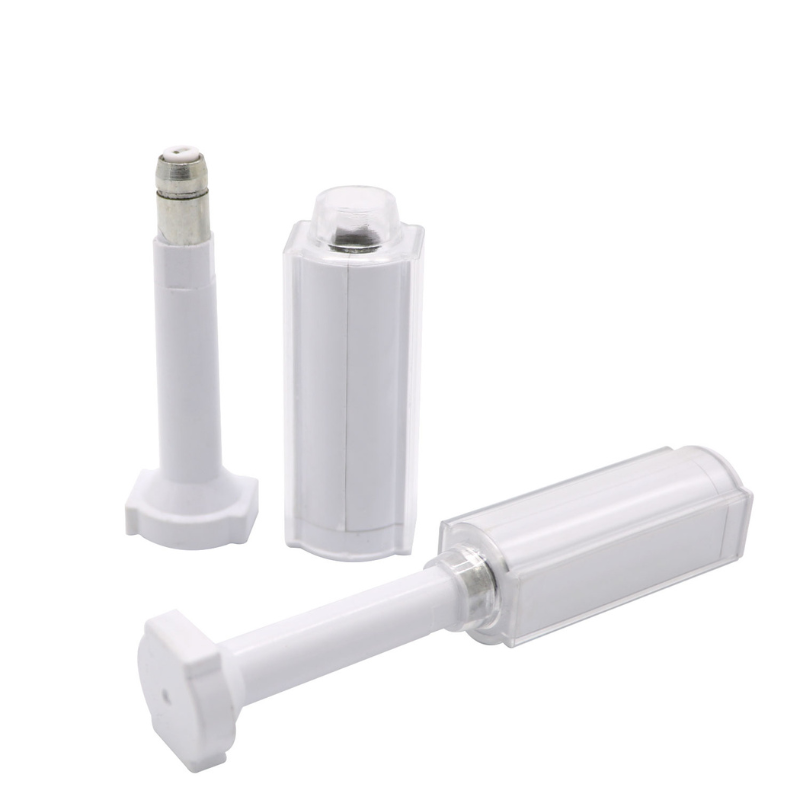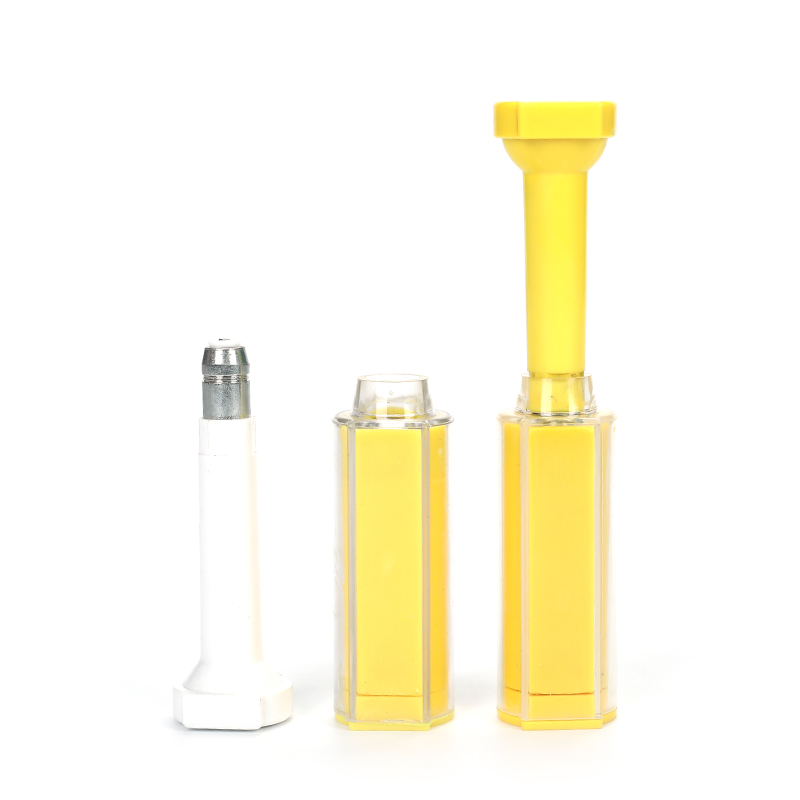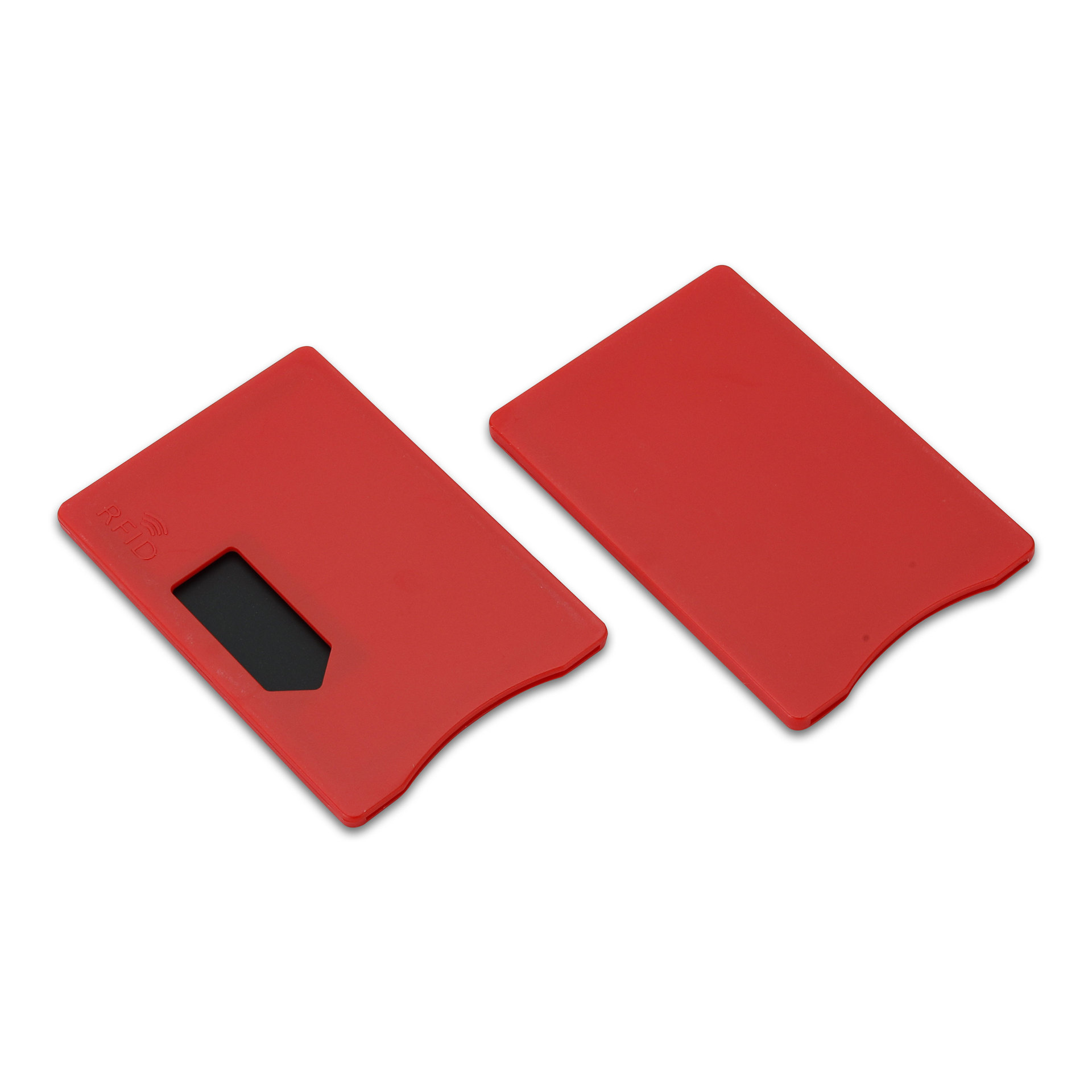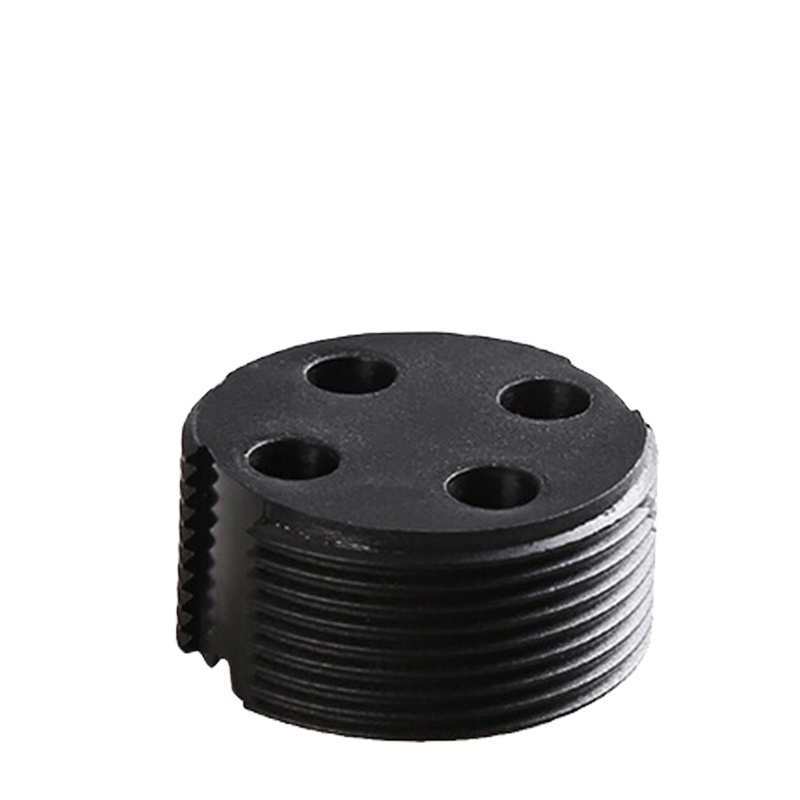
Kuinka metalliset RFID-tunnisteet toimivat metallipinnoilla?
Sisällysluettelo
Metalliin kiinnitetyt RFID-tunnisteet: Miksi teollisuuden ostajat tarvitsevat niitä?
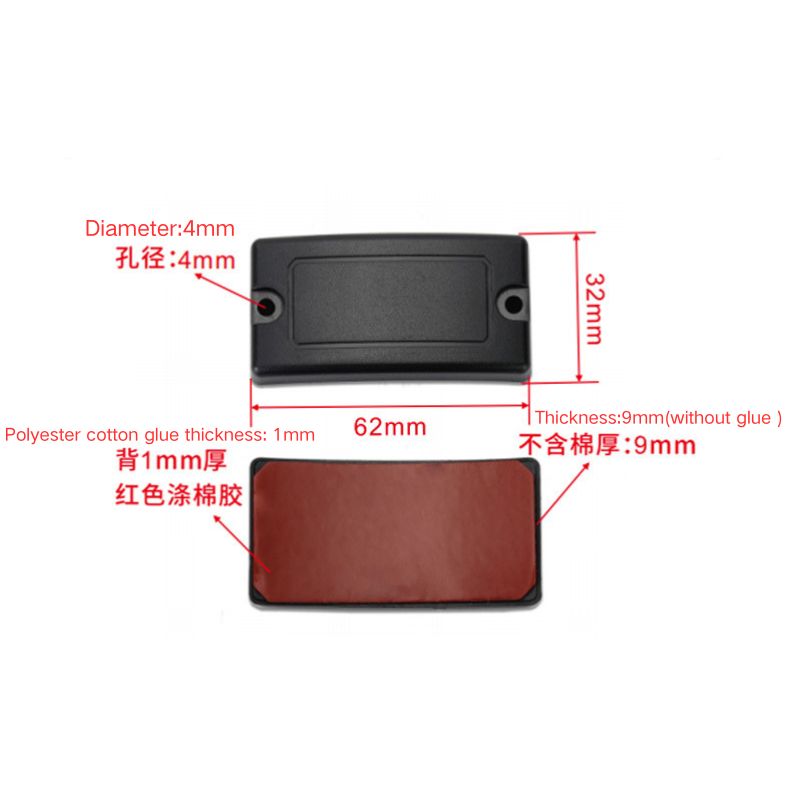
Miksi tavalliset RFID-tunnisteet kamppailevat metallipinnoilla?
Vaikka tavalliset RFID-tunnisteet ovat kustannustehokkaita ja laajalti käytettyjä, niitä ei ole suunniteltu toimimaan luotettavasti metallipinnoilla. Et ole yksin, jos yrität merkitä metallisia laitteita, työkaluja tai säiliöitä tavallisilla RFID-tunnisteilla ja havaitset lukuvirheitä tai epätasaista suorituskykyä. Seuraavassa kerrotaan, miksi näin tapahtuu:
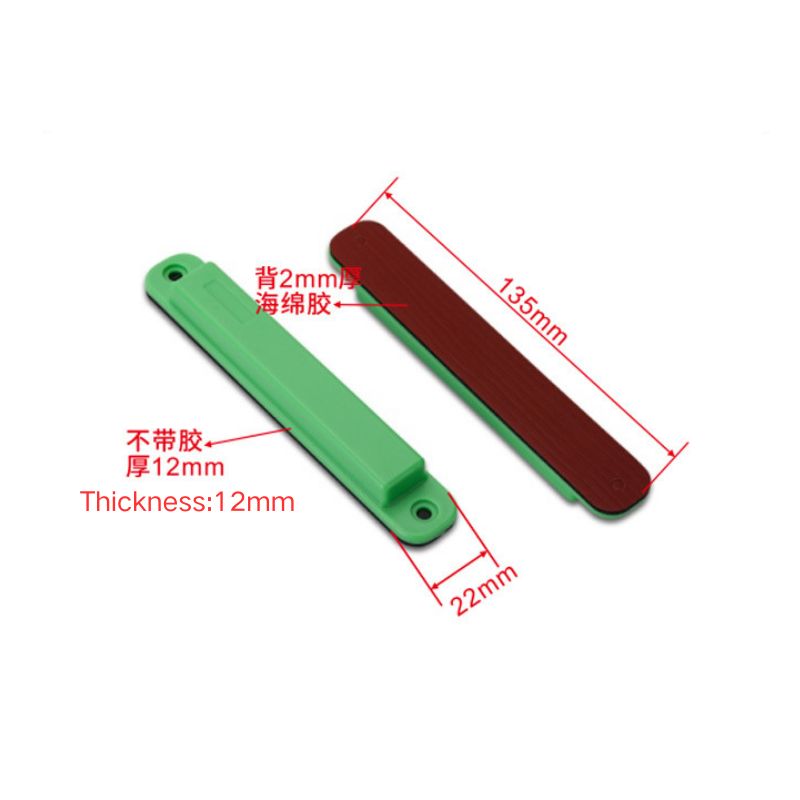
1. Signaalin heijastuminen ja häiriöt
RFID-lukijan lähettämät radioaallot kimpoavat metallipinnoista, mikä aiheuttaa monitiehäiriöitä. Tämä tarkoittaa, että signaali siroaa arvaamattomasti, mikä hämmentää RFID-lukijaa ja johtaa:
- Unohdetut lukemat
- Kaksinkertainen tunniste lukee
- Vähentynyt lukutarkkuus
Esimerkki: Varastossa metallisen tuotehyllyn skannaaminen voi johtaa epäjohdonmukaisiin lukemiin signaalin heijastusten vuoksi.
2. Antennin viritys
RFID-tunnisteissa on antennit, jotka on suunniteltu resonoimaan tietyillä taajuuksilla (kuten UHF tai HF). Kun tunniste asetetaan metallin päälle, johtava pinta muuttaa sähkömagneettista kenttää, jolloin antenni virittyy pois ja tunniste muuttuu tehottomaksi.
Tämä johtaa:
- Täydellinen signaalin menetys
- Huono tunnisteen ja lukijan välinen viestintä
- Huomattavasti pienentynyt lukualue
Analogia: Se on kuin käyttäisi väärälle taajuudelle viritettyä radiota - yhteys ei toimi.
3. Passiivisten tunnisteiden virrankulutus
Passiiviset RFID-tunnisteet käyttävät RFID-lukijan signaalista saatavaa energiaa sirun virransyöttöön ja tietojen lähettämiseen. Metallipinnat kuitenkin absorboivat tai heijastavat tätä energiaa, jolloin tunniste ei saa riittävästi virtaa toimiakseen.
Tämä johtaa:
- Tunnisteet eivät aktivoidu
- Osittainen tiedonsiirto
- Lyhyempi tunnisteen käyttöikä kriittisissä sovelluksissa.
Vaikutus: Passiiviset tunnisteet eivät usein toimi teollisuusympäristöissä, joissa on suuria metallikoneita tai metallipakkauksia, ellei niitä ole suojattu asianmukaisesti.
4. Epäjohdonmukaiset lukuvyöhykkeet
Kun käytetään tavallisia RFID-tunnisteita metallin lähellä tai päällä:
- Lukualueesta tulee arvaamaton
- Tunnisteet toimivat joissakin asemissa mutta eivät toisissa
- Järjestelmän luotettavuus heikkenee, mikä turhauttaa käyttäjiä ja viivästyttää työnkulkuja.
Bottom Line: Jos luotat RFID:n reaaliaikaiseen seurantaan ja varaston näkyvyyteen, tavalliset metallitunnisteet heikentävät toiminnan tarkkuutta ja kannattavuutta.
Mitä ovat metalliset RFID-tunnisteet?
Metalliin kiinnitettävät RFID-tunnisteet (joita kutsutaan myös metallin vastaisiksi RFID-tunnisteiksi tai metalliin kiinnitettäviksi RFID-tunnisteiksi) ovat erityisesti suunniteltuja RFID-transpondereita, jotka on suunniteltu toimimaan tehokkaasti metallipinnoilla tai metallipintojen läheisyydessä, mihin perinteiset RFID-tunnisteet eivät pysty luotettavasti.
Nämä tunnisteet eivät ole vain hieman muunneltuja versioita tavallisista RFID-tunnisteista, vaan ne on valmistettu käyttäen edistyksellisiä materiaaleja ja suunnittelustrategioita, joilla voidaan voittaa metallin aiheuttamat häiriöt.
Miten ne on rakennettu
Jotta nämä tunnisteet toimisivat metallissa, niissä on:
Eristävät kerrokset: RFID-antenni ja siru erotetaan metallipinnasta virittymisen estämiseksi.
Ferriittikanta: Magneettinen kerros, joka ohjaa sähkömagneettisia kenttiä ja mahdollistaa puhtaan signaalinsiirron.
Optimoidut antennit: Suunniteltu nimenomaisesti lähikenttäympäristöihin, joissa on johtavia pintoja.
Kestävät kotelot: Materiaalit, kuten ABS-, epoksi- tai metallikotelot, suojaavat tunnisteen teolliselta väärinkäytöltä, kuten tärinältä, pölyltä, öljyltä tai kosteudelta.
Nämä komponentit toimivat yhdessä varmistaakseen, että tunniste lähettää tietoja luotettavasti myös silloin, kun se asennetaan suoraan metallisiin työkaluihin, koneisiin, ajoneuvoihin tai säiliöihin.
Suunnitteluvaihtoehdot
Metalliin kiinnitettäviä RFID-tunnisteita on saatavana eri muotoisina ja kokoisina, jotta ne sopivat käyttötarpeisiisi, mukaan lukien:
- Litteät tunnisteet metallihyllyihin tai -säiliöihin kiinnitettäväksi.
- Kaarevat tai joustavat tunnisteet putkille ja lieriömäisille laitteille.
- Kestävät kolikkotunnisteet työkaluihin tai metalliesineisiin upotettaviksi.
- Tarrat, joissa on vaahtomuoviväli kustannustehokkaisiin kertakäyttösovelluksiin.
Katso koko On-Metal RFID Tag -tuotesarja
Miten metallin päällä olevat RFID-tunnisteet toimivat: Tekniikka, joka voittaa häiriöt
RFID-tekniikka perustuu lukijan ja tunnisteen väliseen sujuvaan viestintään radiotaajuisten aaltojen välityksellä. Tämä tiedonsiirto kuitenkin häiriintyy, kun ympäristöön tulee metallia, ellei tunniste ole erityisesti suunniteltu toimimaan tällaisissa olosuhteissa.
Juuri tätä varten metallin päälle kiinnitetyt RFID-tunnisteet on suunniteltu.
Ydinhaaste: Metalli häiritsee sähkömagneettisia kenttiä.
Tavallisissa RFID-järjestelmissä tunnisteen sisällä oleva antenni resonoi tietyllä taajuudella (yleensä UHF tai HF). Kun se asetetaan metalliin:
- Antennin resonanssitaajuus muuttuu (detuning).
- Radiosignaali absorboituu tai heijastuu arvaamattomasti.
- Lukijan ja tunnisteen välinen tiedonsiirto muuttuu epävakaaksi tai keskeytyy kokonaan.
Metalliin kiinnitettävissä RFID-tunnisteissa käytetään monikerroksista rakennetta näiden haasteiden voittamiseksi.
Standardin RFID-tunnisteen ja metallisen RFID-tunnisteen tärkeimmät tiedot
| Ominaisuus | Standardi RFID-tunniste | Metalliin kiinnitetty RFID-tunniste |
| Toimii metallipinnoilla | ❌ Ei onnistu tai heikko signaali | ✅ Suunniteltu metallia varten |
| Lue alue Lähellä metallia | ⛔ Vakavasti alentunut | ✅ Enintään 10 metriä (UHF) |
| Häiriönkestävyys | ❌ Epäluotettava | ✅ Ferriittikantainen suojaus |
| Kestävyys ankarissa ympäristöissä | ⚠️ Limited | ✅ IP67+ sertifioidut materiaalit |
Tarvitsetko apua oikean tunnisteen valinnassa?
JIA RFID:n insinööritiimi tarjoaa ilmaisia konsultaatioita ja räätälöityjä ratkaisuja teollisuusasiakkaille. Voimme suositella täydellistä tuotetta, jos seuraat raskaita koneita, kontteja tai laitteita vaikeissa ympäristöissä.
Keskustele RFID-asiantuntijan kanssa →
Tutustu kannettaviin RFID-lukijoihin →
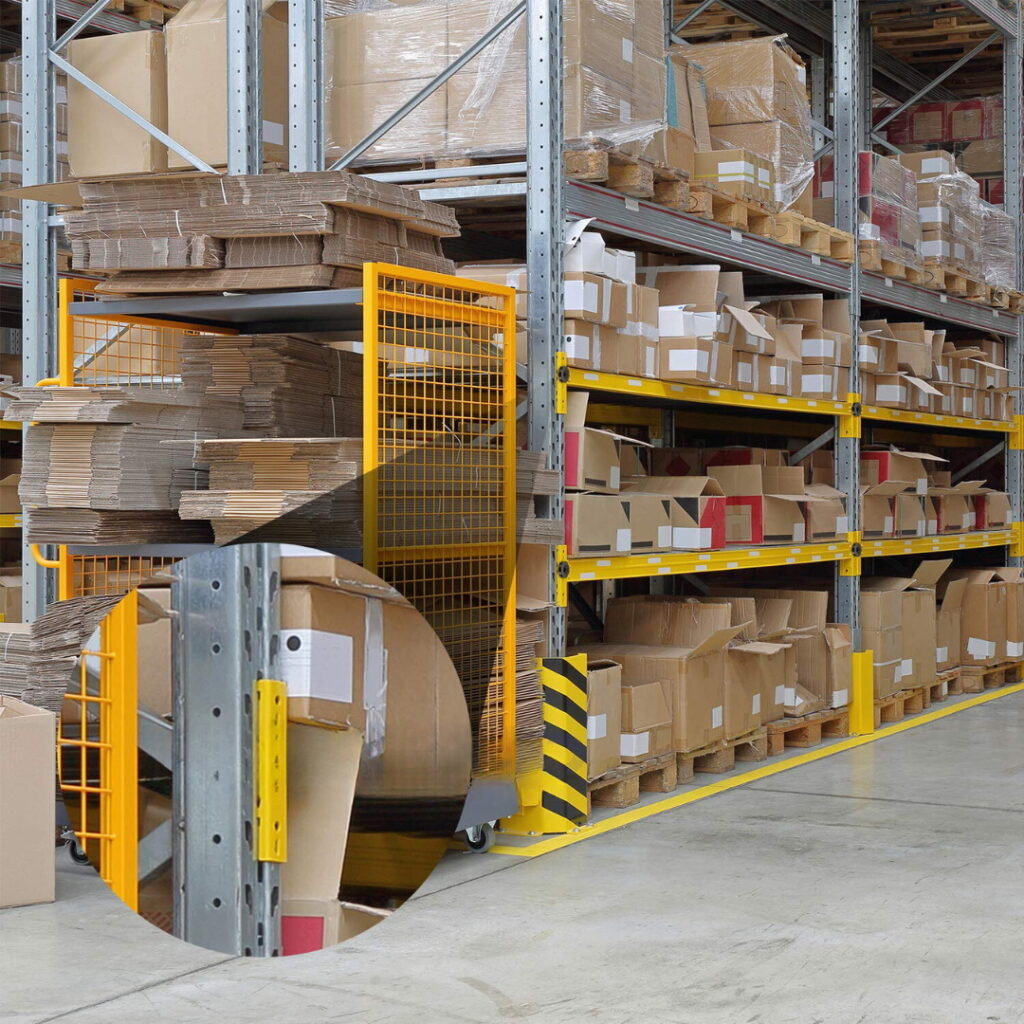
Metalliin kiinnitettävien RFID-tunnisteiden teolliset sovellukset
Metalliin kiinnitettävät RFID-tunnisteet ovat käänteentekevä tekijä teollisuudenaloilla, jotka ovat riippuvaisia metallisista työkaluista, osista, rakenteista ja laitteista. Perinteisistä tunnisteista poiketen nämä tunnisteet on suunniteltu kestäviin, metallia sisältäviin ympäristöihin, joissa tarkkuus, kestävyys ja reaaliaikaiset tiedot ovat välttämättömiä.
Alla on lueteltu keskeisiä teollisuudenaloja ja käytännön sovelluksia, joissa JIA RFID:n tehtaalla käytettävät, suoraan metalliin kiinnitettävät tunnisteet parantavat toimintaa, vähentävät kustannuksia ja parantavat jäljitettävyyttä.
1. Teollisuus- ja teollisuuslaitteet
Käyttötapaukset:
- Työkalujen, muottien ja kiinnikkeiden seuranta tuotantotiloissa.
- keskeneräisten töiden (WIP) seuranta asemien välillä liikkuvien kappaleiden osalta.
- Metallien tunnistaminen kunnossapidon suunnittelua varten
Hyöty:
Varmistaa työkalujen vastuullisuuden, vähentää tuotantoviiveitä ja tukee ennaltaehkäisevää kunnossapitoa reaaliaikaisen näkyvyyden avulla.
Aiheeseen liittyvä tuote: RFID-kiekko- ja kolikkotunnisteet →
2. Logistiikka ja varastointi
Käyttötapaukset:
- Metallisten kuljetuskonttien, kuormalavojen ja laatikoiden hallinta.
- Palautettavien kuljetuserien (RTI) seuranta.
- Porttien sisään-/uloskannauksen automatisointi kannettavilla lukulaitteilla.
Hyöty:
Poistaa manuaalisen skannauksen, vähentää omaisuuserien hävikkiä ja nopeuttaa inventaarion tarkastuksia massalukutoiminnolla.
Aiheeseen liittyvä tuote: Kädessä pidettävät RFID-lukijat →
3. Öljy ja kaasu
Käyttötapaukset:
- Metalliputkien, venttiilien ja laippojen tunnistaminen ja seuranta
- Porauslaitteiden valvonta offshore-lautoilla
- Tarkastus- ja sertifiointitietojen säilyttäminen
Hyöty:
Parantaa turvallisuusvaatimusten noudattamista ja omaisuuden jäljitettävyyttä syövyttävissä ja korkean lämpötilan ympäristöissä, joissa viivakooditarrat eivät toimi.
Miksi RFID voittaa: Metalliin kiinnitetyt tunnisteet kestävät vettä, painetta ja kemikaaleja, jotka yleensä vahingoittavat tavanomaisia seurantatarroja.
4. Ilmailu ja ilmailu
Käyttötapaukset:
- Ilma-alusten osien ja rakenneosien seuranta
- Työkalujen ja kalibrointilaitteiden hallinta halleissa
- MRO (Maintenance, Repair, Overhaul) -asiakirjojen automatisointi (huolto, korjaus, kunnossapito)
Hyöty:
Parantaa tehtäväkriittisten komponenttien jäljitettävyyttä ja vähentää samalla paperityötä ja inhimillisiä virheitä turvallisuusherkissä ympäristöissä.
Bonus: Metalliturvalliset RFID-tunnisteet täyttävät ilmailualan vaatimukset ja kestävät tärinää ja paineenvaihteluita.
5. Rakentaminen ja infrastruktuuri
Käyttötapaukset:
Teräspalkkien, rakennustelineiden ja metallirakenteiden merkitseminen.
Arvokkaiden työkalujen ja liikkuvien laitteiden jäljittäminen
Rakennusosien tarkastusten kirjaaminen
Hyöty:
Vähentää laitehävikkiä, estää työkalujen varastointia ja varmistaa työmaan turvallisuusstandardien noudattamisen.
Kokeile: Metalliin kiinnitetyt RFID-tunnisteet vaativiin ympäristöihin →
6. IT-omaisuuden hallinta ja datakeskukset
Käyttötapaukset:
Metallipalvelimien ja verkkolaitteiden merkitseminen ja inventointi
Varmuuskopioasemien, telineiden ja siirrettävien kärryjen varmistaminen.
Tarkastusten tukeminen RFID-skannauksen avulla kädessä pidettävillä laitteilla
Hyöty:
Nopeuttaa vaatimustenmukaisuusraportointia, minimoi manuaaliset virheet ja tukee omaisuuserien jäljitettävyyttä tiheissä palvelinhuoneissa.
Paranna kanssa: RFID-lukijat datakeskuksiin →
Oletko valmis merkitsemään metalliomaisuutta mittakaavassa?
JIA RFID tarjoaa irtotavarahintoja, näytepakkauksia ja räätälöityjä ratkaisuja, jotka sopivat sovellukseesi, olivatpa olosuhteet kuinka vaikeat tahansa.
Miksi ostaa JIA RFID:ltä?
JIA RFID tarjoaa tehtaalla toimivana suoravalmistajana:
- Mukautettu suunnittelutuki ainutlaatuisille metallipinnoille
- Kilpailukykyinen bulkkihinnoittelu nopeilla toimitusajoilla
- Maailmanlaajuinen toimitus B2B-asiakkaille
- Sisäinen suunnittelu erikoistuneita ympäristöjä varten
Tutustu muihin RFID-tunnistetyyppeihin:
🔹 RFID-kiekko- ja kolikkotunnisteet
🔹 Kädessä pidettävät RFID-lukijat
Tuotteen kohokohta: RFID-tunnisteen ominaisuudet
- Taajuus: UHF (860-960 MHz) tai HF-vaihtoehto
- Lue Range: 10 metriin asti (UHF)
- IP-luokitus: IP67+ teollisuusympäristöihin
- Asennusvaihtoehdot: Kiinnitysvaihtoehdot: Liima, ruuvi, niitti
UKK
Toimivatko RFID-tunnisteet todella metallissa?
Kyllä. Metalliin kiinnitettävät RFID-tunnisteet on suunniteltu kestämään metallihäiriöitä, joten ne soveltuvat erinomaisesti metallisiin työkaluihin, koneisiin ja laitteisiin.
Paljonko metalliset RFID-tunnisteet maksavat?
Hinnat vaihtelevat tyypin ja määrän mukaan. Passiivisten versioiden irtotavarahinnat alkavat jo $0,50 eurosta tunnisteelta. Pyydä mukautettuja tarjouksia toimialallesi.
Ovatko RFID-tunnisteesi vedenpitäviä ja lämmönkestäviä?
Kyllä, monet metallisista RFID-tunnisteistamme täyttävät IP67+-standardit, ja ne on suunniteltu käytettäväksi vaativissa teollisuusympäristöissä.
Voinko testata niitä ennen ostamista?
Ehdottomasti. Tarjoamme ilmaisia näytteitä päteville projekteille. Ota yhteyttä arviointiin liittyvää tukea varten.
Kommentit
Kuumat tuotteet

Mikä on RFID-jätteidenkäsittely?
Kuvittele kaupunki, jossa jokainen roskalaatikko puhuu – ei kirjaimellisesti – vaan pienen sirun avulla, joka ilmoittaa järjestelmälle, kun laatikko on täynnä, kun se on tyhjennetty ja minne se on viety. Tätä RFID-jätteenkäsittely tekee nykyään.

Mitä ovat ruuvitiivisteet ja niiden käyttökohteet? | Täydellinen opas
Maailmanlaajuisessa kaupassa ja logistiikassa ruuvitiivisteet ovat ratkaisevassa asemassa lastin turvallisuuden ja vaatimustenmukaisuuden varmistamisessa. Nämä pienet mutta tehokkaat laitteet on suunniteltu lukitsemaan kuljetuskontit, perävaunut ja rahdin ovet peukaloinnin estävällä mekanismilla.
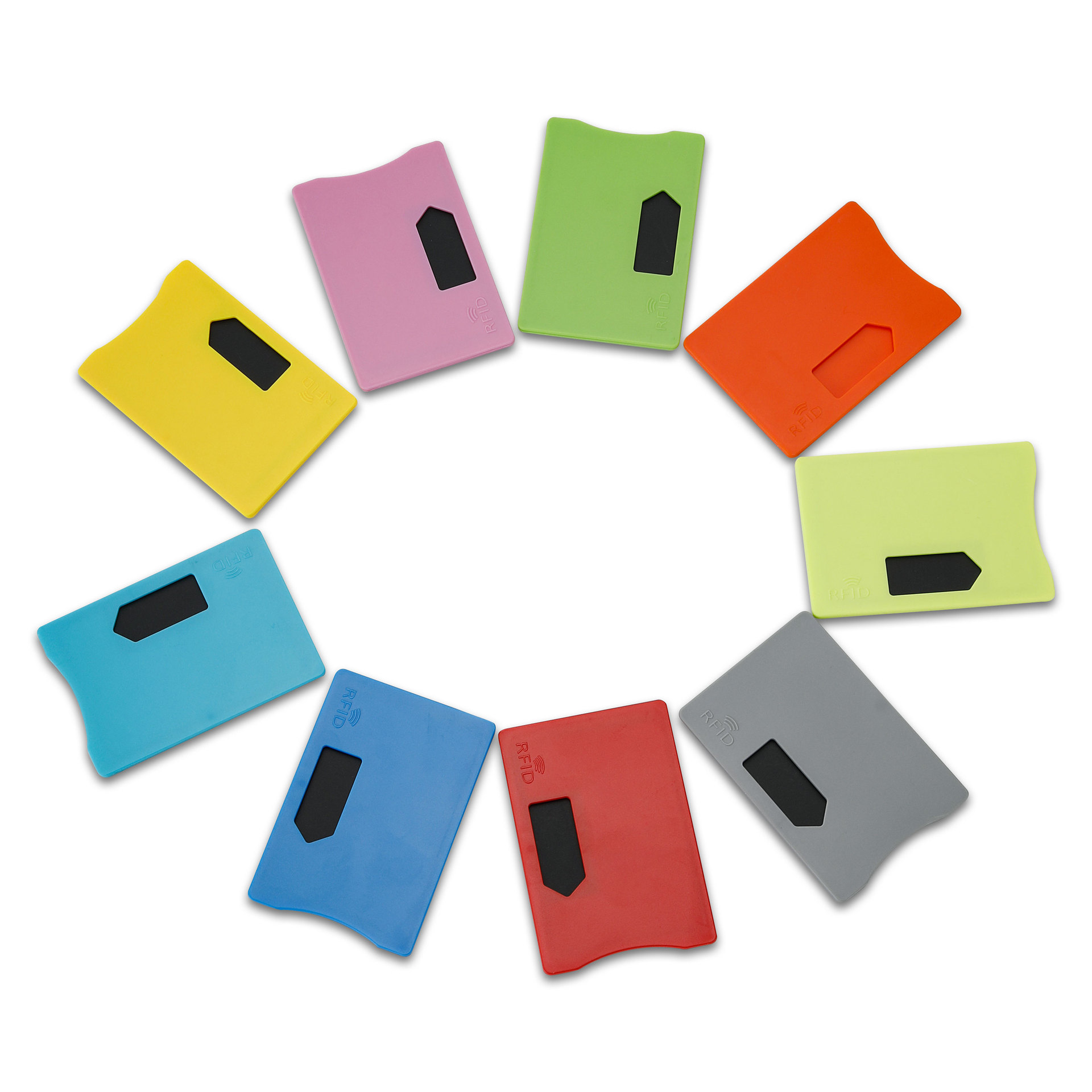
Mikä on RFID-korttisuoja? Hyödyt, käyttötapaukset ja osto-opas
RFID-teknologia (radiotaajuustunnistus) on kaikkialla: luottokorteissa, henkilökorteissa, kulkuluvissa, hotellihuoneiden avaimissa ja muualla. Se tarjoaa nopeutta ja mukavuutta, mutta avaa myös oven uudenlaiselle digitaaliselle varkaudelle, jota kutsutaan "skimmaukseksi". Tässä kohtaa RFID-korttisuoja tulee kuvaan.

RFID-rannekkeet tapahtumiin: Järjestäjien osto-opas irtotavarana
Tapahtumien RFID-rannekkeet ovat tulossa ratkaisuksi järjestäjille, jotka tarvitsevat nopeampaa sisäänpääsyä, petosten estämistä ja käteismaksuja konserteissa, festivaaleilla ja urheilupaikoilla. Toisin kuin paperilipuissa tai QR-koodeissa, näissä älykkäissä rannekkeissa käytetään upotettuja siruja, jotka virtaviivaistavat sisäänpääsyä, suojaavat maksutapahtumia ja parantavat vieraskokemusta.
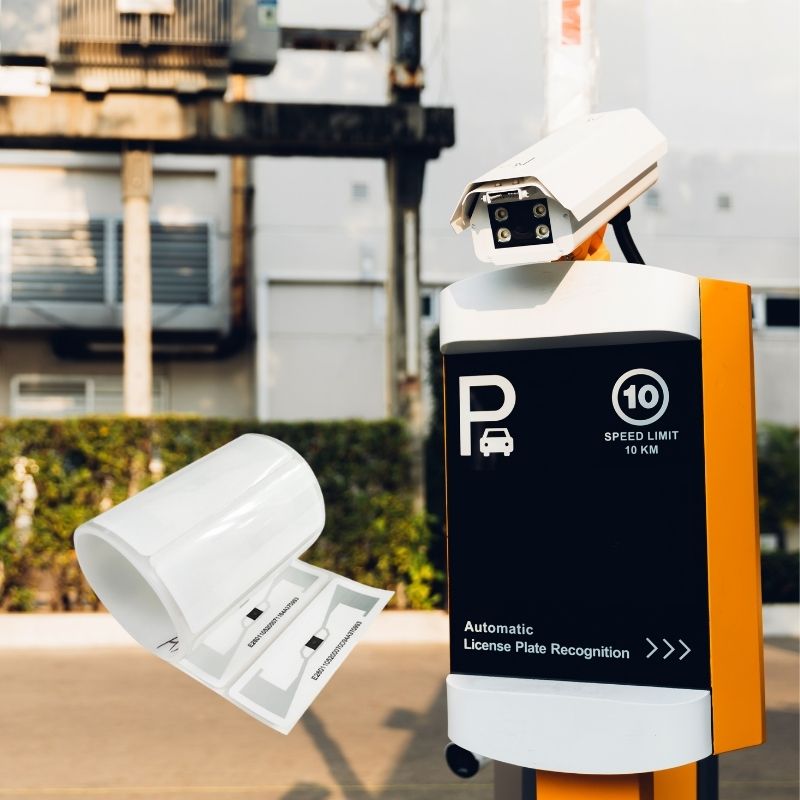
Miten RFID-tunniste tuulilasissa parantaa ajoneuvojen kulunvalvontaa ja tietullijärjestelmiä?
Nykypäivän nopeatempoisessa maailmassa ajoneuvojen tunnistamisen on oltava nopeaa, turvallista ja kontaktitonta. Tuulilasissa oleva RFID-tunniste tarjoaa juuri tämän - luotettavan tavan hallinnoida tiemaksujen perintää, pysäköintiä ja porttien käyttöä pysäyttämättä ajoneuvoja.
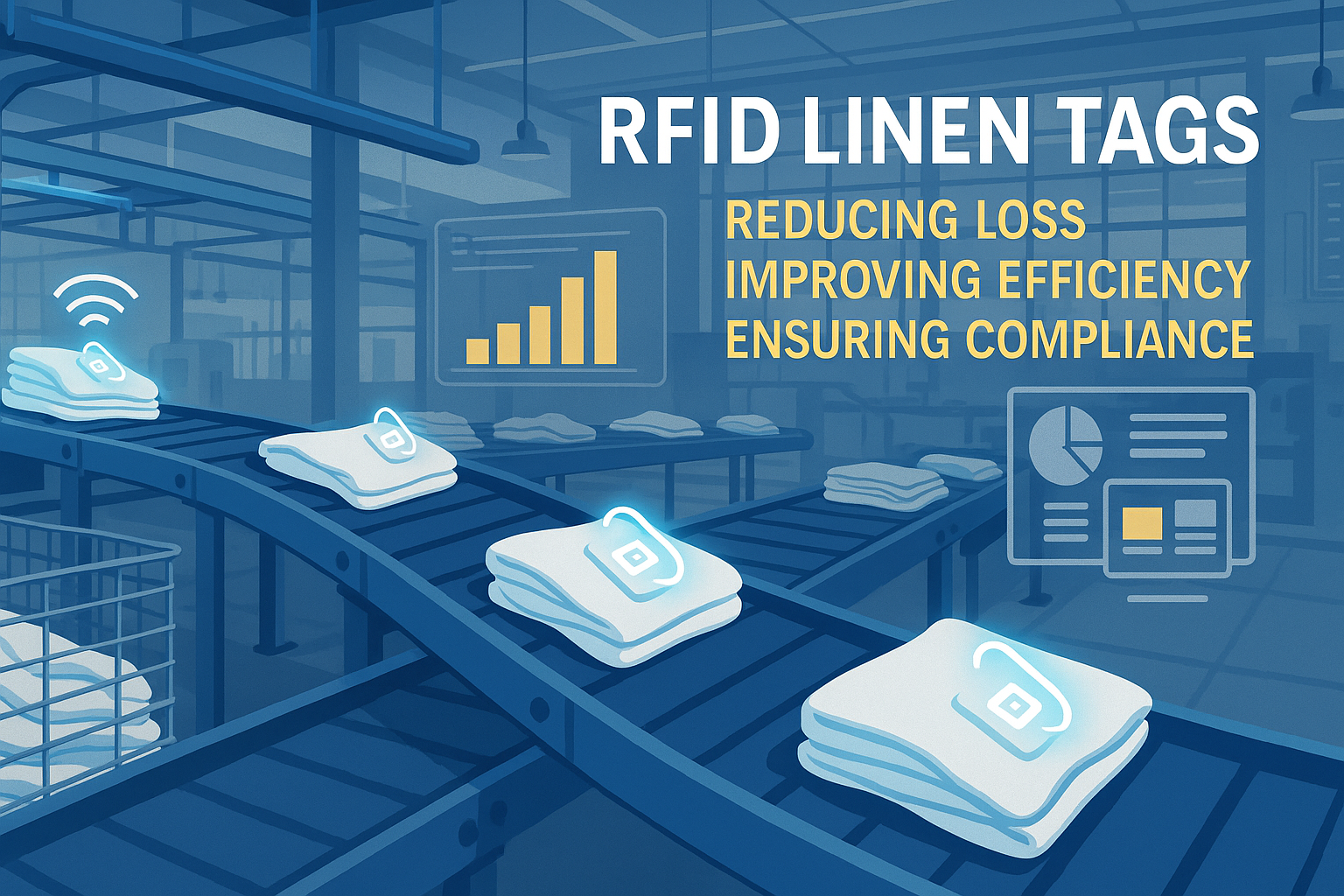
RFID-pellavapyykkimerkintöjen edut kaupallisissa pesuloissa
Sairaaloiden, hotellien tai suurten pesulapalveluiden pyykinpesun johtaminen on iso tehtävä. Joka päivä pestään, lajitellaan ja lähetetään takaisin tuhansia lakanoita, pyyhkeitä ja virkapukuja. Ongelmat, kuten kadonneet liinavaatteet, lajitteluvirheet ja manuaalinen laskenta, voivat kuitenkin maksaa yrityksille paljon rahaa. Esimerkiksi keskikokoiset hotellit voivat menettää vuosittain yli $200 000 euroa puuttuvien liinavaatteiden vuoksi.
Tässä kohtaa RFID-pyykkilaput tulevat kuvaan.
Tunnisteet
LIITTYVÄT BLOGIT

Mikä on RFID-jätteidenkäsittely?
Kuvittele kaupunki, jossa jokainen roskalaatikko puhuu – ei kirjaimellisesti – vaan pienen sirun avulla, joka ilmoittaa järjestelmälle, kun laatikko on täynnä, kun se on tyhjennetty ja minne se on viety. Tätä RFID-jätteenkäsittely tekee nykyään.

Mitä ovat ruuvitiivisteet ja niiden käyttökohteet? | Täydellinen opas
Maailmanlaajuisessa kaupassa ja logistiikassa ruuvitiivisteet ovat ratkaisevassa asemassa lastin turvallisuuden ja vaatimustenmukaisuuden varmistamisessa. Nämä pienet mutta tehokkaat laitteet on suunniteltu lukitsemaan kuljetuskontit, perävaunut ja rahdin ovet peukaloinnin estävällä mekanismilla.

Mikä on RFID-korttisuoja? Hyödyt, käyttötapaukset ja osto-opas
RFID-teknologia (radiotaajuustunnistus) on kaikkialla: luottokorteissa, henkilökorteissa, kulkuluvissa, hotellihuoneiden avaimissa ja muualla. Se tarjoaa nopeutta ja mukavuutta, mutta avaa myös oven uudenlaiselle digitaaliselle varkaudelle, jota kutsutaan "skimmaukseksi". Tässä kohtaa RFID-korttisuoja tulee kuvaan.

